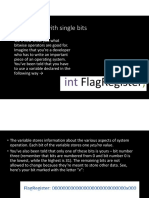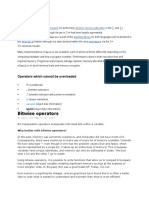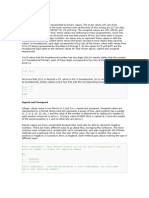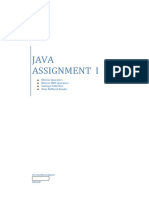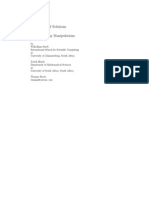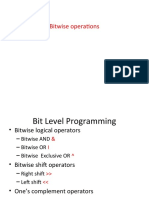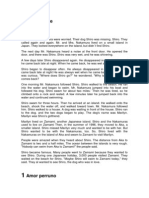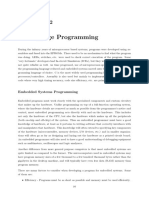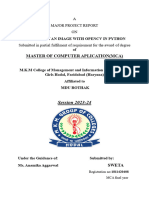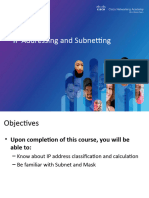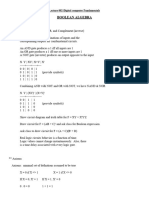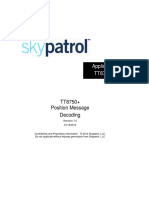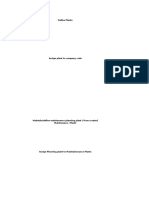0% found this document useful (0 votes)
90 views17 pagesBit Manipulation
The document discusses bit manipulation techniques and their applications, including how to approach problems using binary thinking, common bitwise operators like AND, OR, XOR, and how to use bitmasking to generate all subsets of an array by iterating through all possible bitmasks. It also provides examples of bit manipulation problems and resources for learning more about representing numbers in different bases and bitwise operations.
Uploaded by
Shivang PandeyCopyright
© © All Rights Reserved
We take content rights seriously. If you suspect this is your content, claim it here.
Available Formats
Download as PDF, TXT or read online on Scribd
0% found this document useful (0 votes)
90 views17 pagesBit Manipulation
The document discusses bit manipulation techniques and their applications, including how to approach problems using binary thinking, common bitwise operators like AND, OR, XOR, and how to use bitmasking to generate all subsets of an array by iterating through all possible bitmasks. It also provides examples of bit manipulation problems and resources for learning more about representing numbers in different bases and bitwise operations.
Uploaded by
Shivang PandeyCopyright
© © All Rights Reserved
We take content rights seriously. If you suspect this is your content, claim it here.
Available Formats
Download as PDF, TXT or read online on Scribd
/ 17































